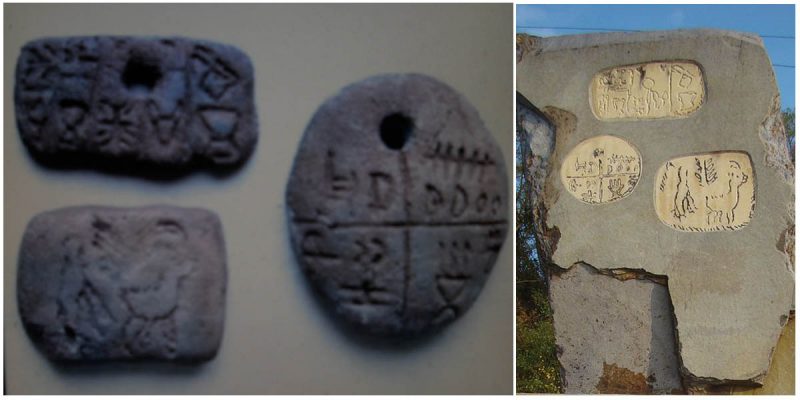The three tablets were discovered in 1961 at a Neolithic site in the village of Tărtăria in Romania.
The tablets bear Vinca symbols of the Neolithic Turdas-Vinca culture dating back to 2700 BC.
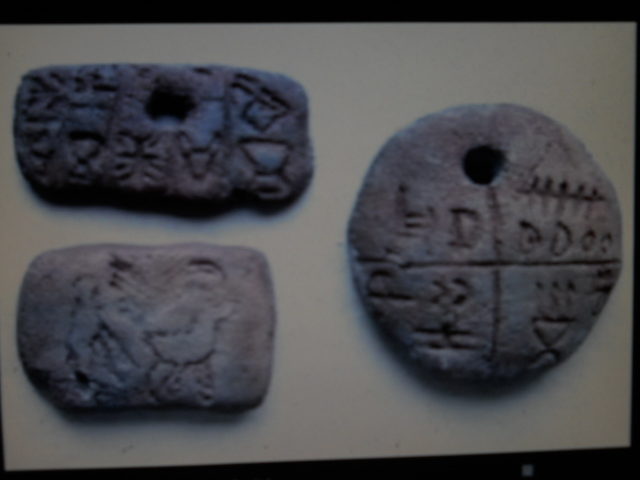
Some archaeologists claim that the symbols represent the earliest form of writing in the world and believe that the tablets originated as far back to 5500 BC during the Sumerian civilization.
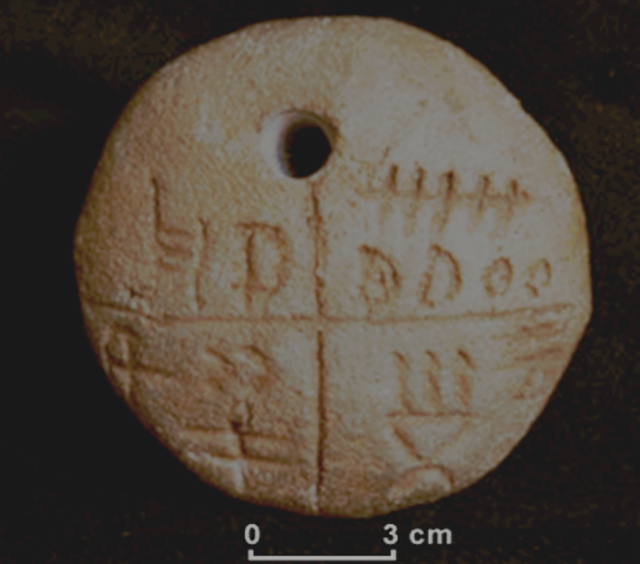
Since the archaeologist Nicolae Viassa discovered the tablets, there have been various interpretations of the etchings of the three tablets.
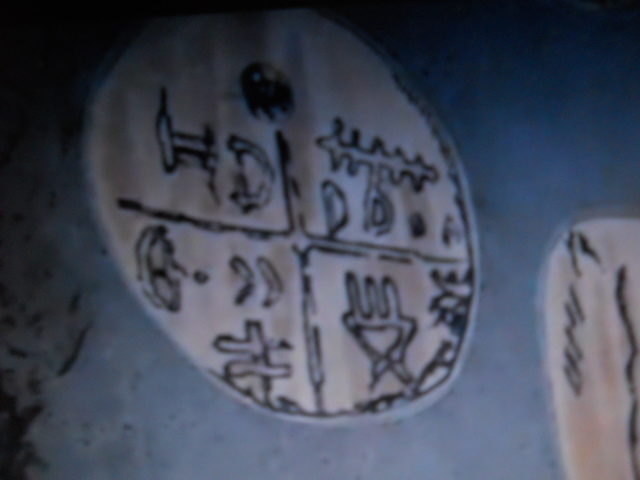
Some scholars think that the tablets are from the Danube civilization, others think that the symbols are highly standardized and have a rectilinear shape comparable to the one which was manifested by archaic writing systems.
Besides the many theories, it is still unknown what kind of writing system they represent.

According to Wikipedia, if the symbols are indeed a form of writing, then the writing in Danubian culture would far predate the earliest Sumerian cuneiform script or the Egyptian hieroglyphs.
This claim remains controversial.
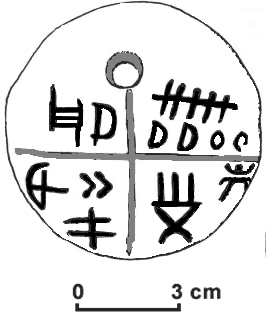
The three tablets are small (just 2 ½ inches across) and have inscribed symbols only on one face. Two of the tablets are rectangular and the third one is round. One of the rectangular tablets depicts an unclear figure, a horned animal and a branch of a tree which Viassa interpreted as a hunting scene.
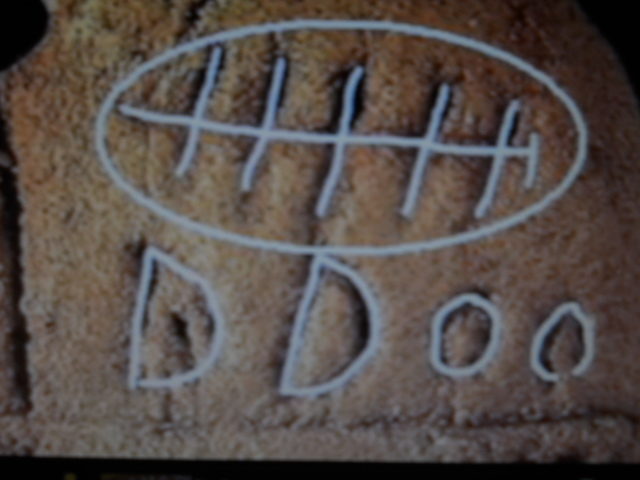
The other two have a variety of abstract symbols as a kind of primitive writing similar to the earliest pictographs of the Sumerians.

Old but not as old! Crusader-era hand grenade found in Israel
These three tablets are supposedly ancient artifacts that lead to questions rather than answers. For now, the true meaning of the tablets remains an unexplained mystery.
